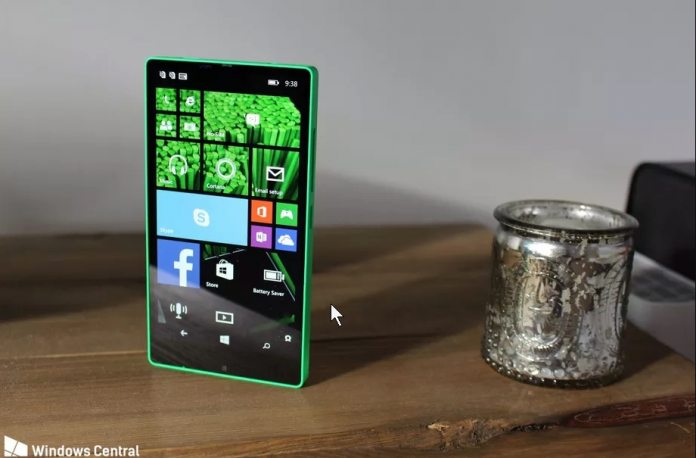Its name was the Lumia 435, which will confuse fans, because it already exists. As it turns out, Microsoft had much bigger plans for the low-end device, and they included a full phone display. Known as ‘Vela’ internally, the Lumia 435 would cost less than $200 and packed surprising specs for its price point and age. Here are the full details:
Display: 5″ 1280×720 Rear Camera: 5 MP Front Camera: 720p Processor: Qualcomm Snapdragon 200 RAM: 1 GB Storage: 4 GB (up to 200GB expandable) Battery: 1800mAh OS: Windows Phone 8.1
Unprecedented Screen-to-Bezel Ratio
By today’s standards, it’s nothing revolutionary. But it does make you think about the state of Windows Phone had Microsoft been more inventive. Granted, the phone has a large chin at the bottom, but its screen-to-border ratio would have been near unprecedented at the time. The top and side bezels of the prototype’s screen measure just 3mm, while the top is 4.4mm to accommodate a speaker. The camera, meanwhile, sits underneath, which could be part of the reason Microsoft axed it. As Windows Central points out, this puts the screen-to-body ratio at 79%, likely the best of any phone during the period. It beats out even the Sharp Aqous Crystal, which got a lot of attention at the time. Unfortunately, there’s now no chance of it making it to market. It was eventually replaced with today’s Lumia 435, a dependable, yet highly forgettable phone. With Windows 10 Mobile now officially dying, there’s not much chance bezel-less will make a return under Microsoft’s banner. Still, it’s nice to reminisce, appreciate the beautiful design, and think about what could have been. Personally, I could have seen myself owning it, had I not been happy with my Lumia 800 at the time.




